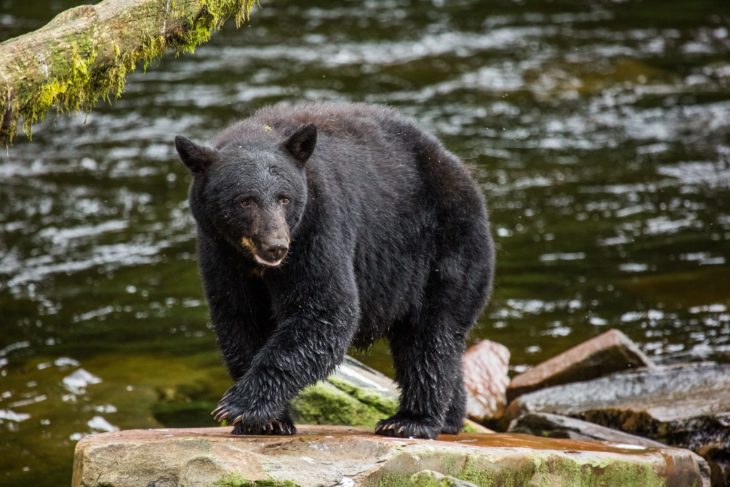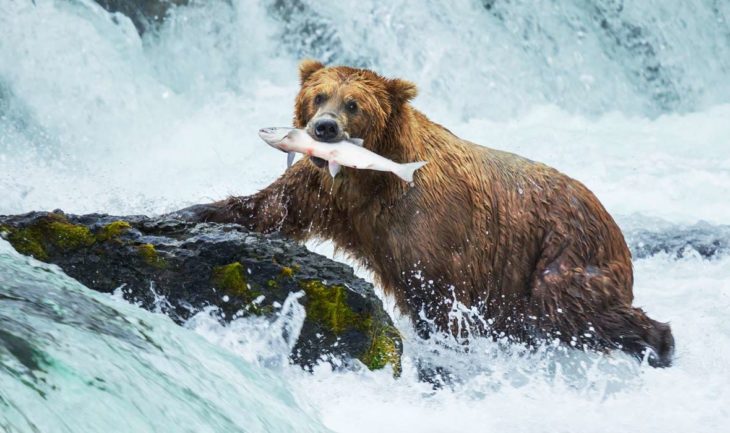Alaska occupies the Northeastern territory of the 60° parallel north. Ice and snow are constant from September until June.
The country is abundant of taiga coniferous forests, lakes and rivers, mountains, glaciers, and low tundra grasses, mosses, and lichens, which grow in summer, after thawing. Bears roam everywhere:
- Brown bears are found in central and South-western coastal areas, but also in the country interior;
- Kodiak bears, related to Grizzly, inhabit the homonymous archipelago;
- Black bears live in the coniferous forests in a very high number of specimens;
- Polar bears are at home in the Arctic permafrost land and in the tundra.
As predictable, when humans and wild fauna mingle together in a place, there are chances of incidents between the two sides.

Source: Svensk Jakt
What to Do in Case of a Bear Attack?
When hunting, fishing, or hiking in the Alaskan outdoors, you need to know exactly how to behave in front of an angry wild bear.
Start from these suggestions from IBC7.org to get an idea of what to do in such a dangerous situation:
Don’ts:
- Lose sight of a bear because you need to understand the animal intentions to defend yourself;
- Runaway and turn your back to a bear: especially Brown and Polar specimens are fast and strong predatory carnivores;
- Climb up a tree: bears are exceptionally fast climbers, especially Black bears.
Dos:
- Move slowly; keep and talk calmly to the bear;
- Stand your ground or slowly group up with others;
- Climb on another’s shoulders or raise your arms up with open hands: show the bear that you are very large and not an easy target. Bears are like alligators and prefer to avoid any confrontational action;
- Get ready your bear deterrent when the bear is not easily scared off and walks or charge in your direction;
- As of the last resource and only in case of a defensive attack, drop and lie down on your stomach, with your legs open and your hands covering your neck and back; don’t move and pretend to be dead;
- Always fight back an aggressive bear looking for food because it will never let you go; in this case, if the spray did not help, concentrate your hitting on its muzzle with objects.

Source: Alaska Shore Tours
What Are the Chances of a Bear Attack?
Considering their diffusion, there are probabilities of meeting a bear or a crowd of them on your hunting or hiking path, especially if you decide to go fishing spawning salmon. The bear is king to this land, and it is forbidden by law to kill one without a license.
Even a killing for self-defense on a life-threatening attack must be proven as such. In reality, bears naturally avoid humans; everyone has a “personal space” represented by the distance within which the animal feels threatened. Don’t enter that space, because the bear may become aggressive. Keep a safe distance.
An approaching person, normally, makes them shy away. Bears roam through trails and roads, therefore, always make noise and speak loudly to let plantigrades recognize that you are a human passing by.
They must have the opportunity to hide deeper into the vegetation, out of your way. Statistics of bears attacking people show clearly low-risk percentages:
- 92% of the times, the bear retracted avoiding to meet a person,
- 98% of the times, no one, bear included, got hurt.
